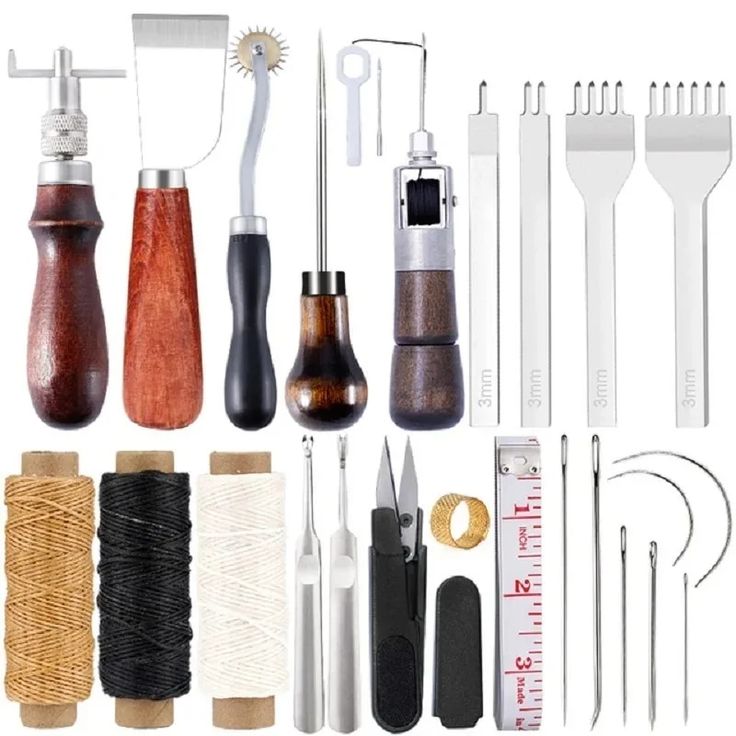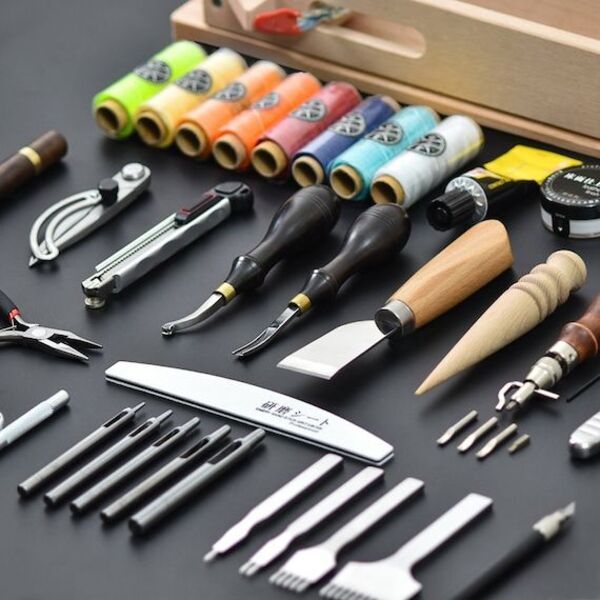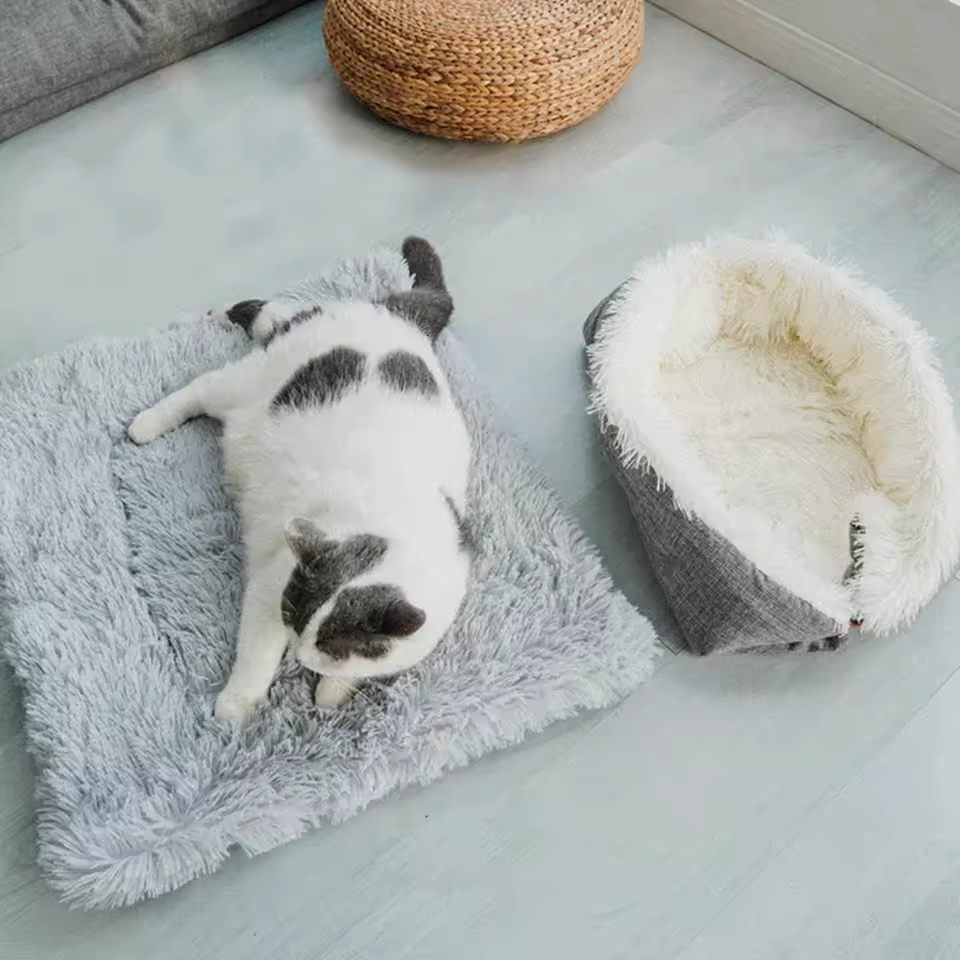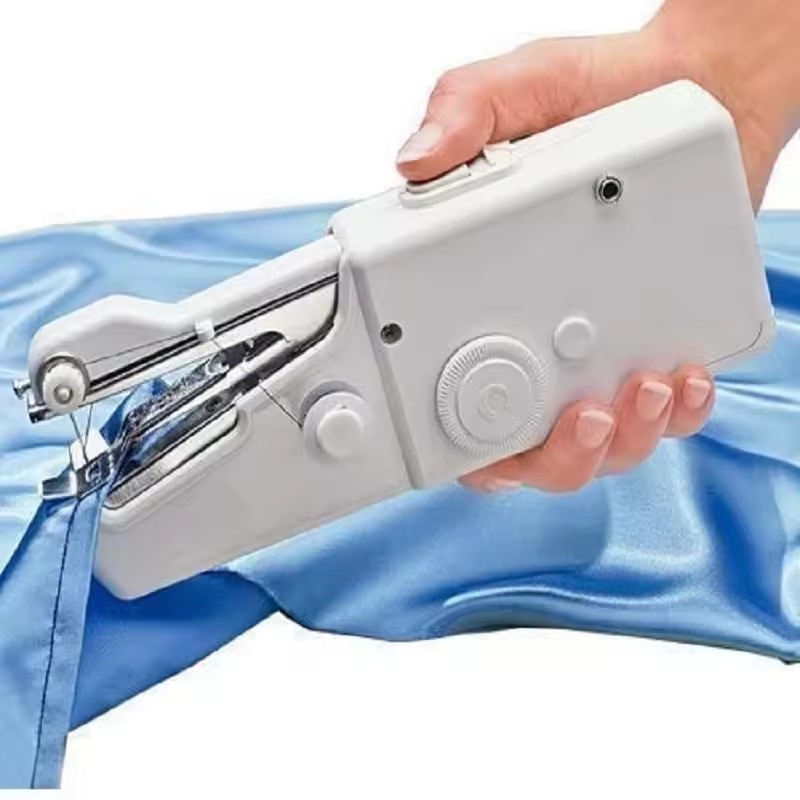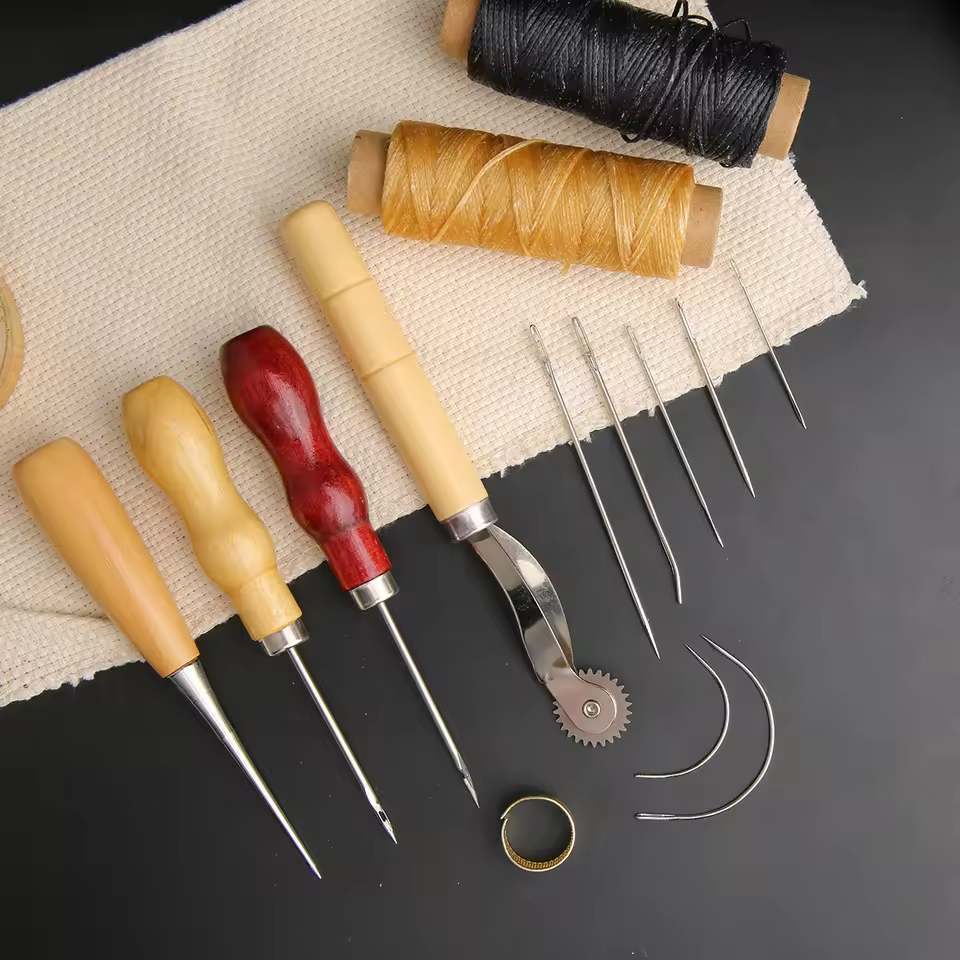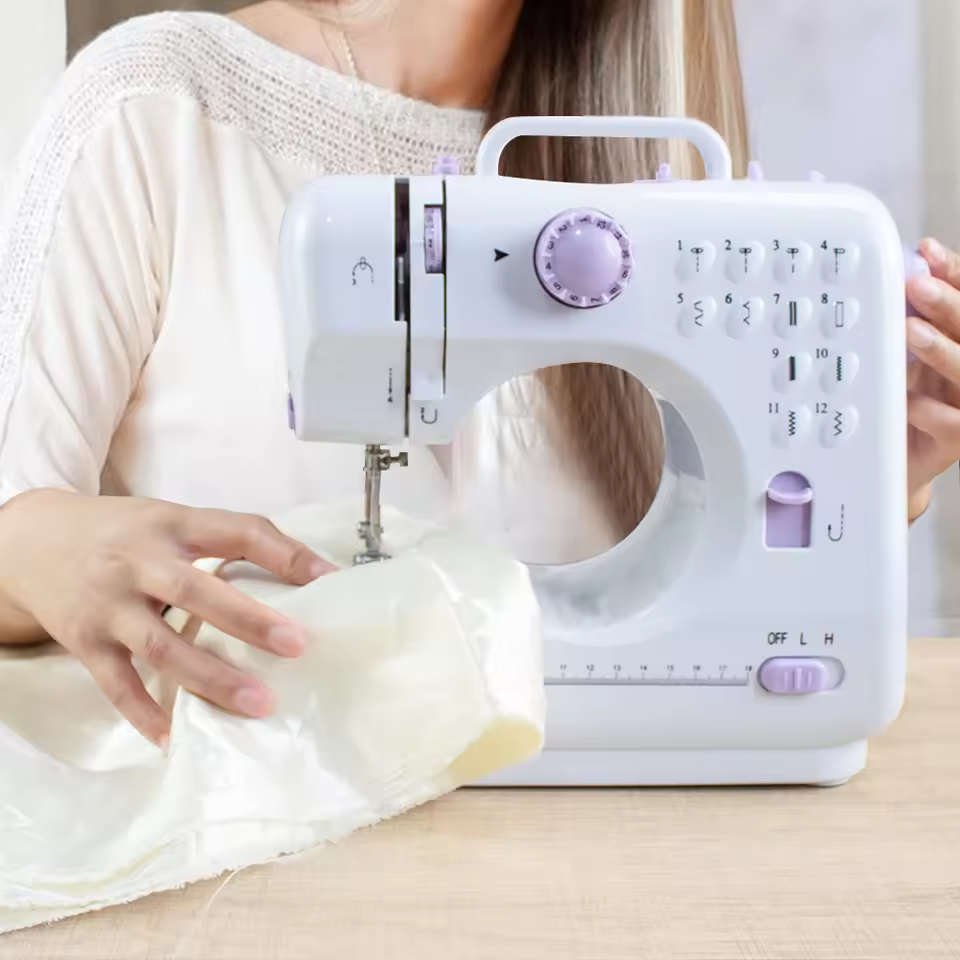Leather crafting is an ancient and versatile skill that allows artisans to create beautiful, durable, and functional pieces. Whether you’re making wallets, belts, bags, or decorative items, having the right leather crafting kit is essential. For beginners, understanding the tools, materials, and techniques involved in leather working can seem overwhelming. However, with the right guidance, you can start your journey confidently.
A well-equipped leather crafting kit typically includes cutting tools, stitching accessories, edge finishers, and embossing tools. These elements allow you to shape, design, and personalize your leather projects with precision. This guide will walk you through everything you need to know to get started, including the essential tools, basic techniques, and tips for improving your skills.
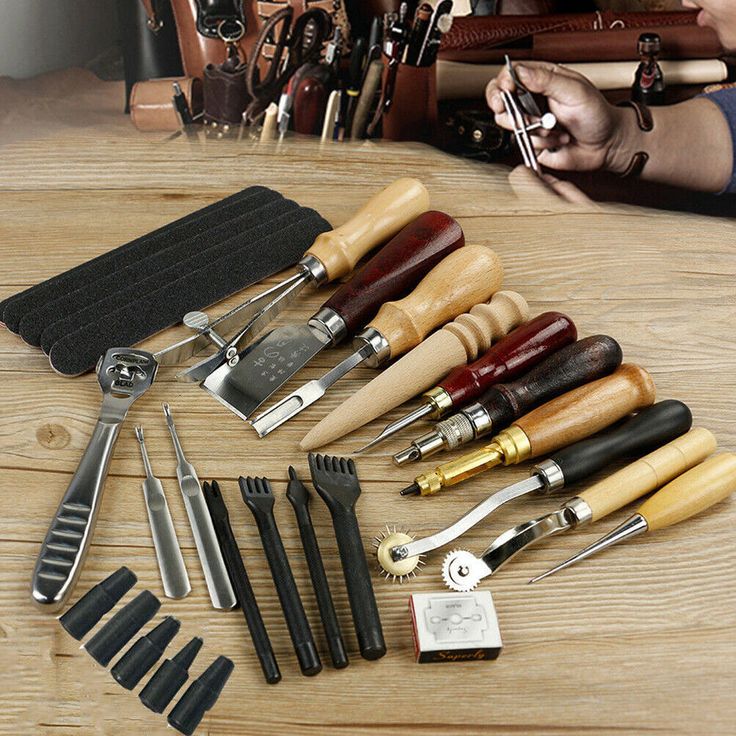
Essential Tools in a Leather Crafting Kit
Every leather crafting kit contains several must-have tools designed to help you cut, shape, and stitch leather effectively. Here are the fundamental tools included in most kits:
- Cutting Tools: Precision knives, rotary cutters, and leather shears are essential for making clean, accurate cuts. These tools allow you to shape leather pieces with ease and precision, whether for simple or intricate designs.
- Hole Punchers: Hole punchers come in various sizes and are used to create uniform holes for stitching, rivets, or decorative patterns. Using the right punch ensures consistency in your stitching, giving your project a professional look.
- Sewing and Stitching Accessories: Waxed thread, needles, and stitching awls are crucial for securing leather pieces together. The stitching awl helps make small holes for the needle to pass through, while waxed thread provides durability and strength for the final stitch.
- Edge Bevelers and Burnishers: These tools help smooth and polish leather edges for a refined and professional finish. Edge bevelers trim the edges at an angle, while burnishers polish the edges to prevent fraying and enhance the overall appearance.
- Stamping and Embossing Tools: Stamping and embossing tools are used to create intricate designs and custom patterns on leather surfaces. These tools allow you to add texture and detail, personalizing your leather goods with logos, symbols, or decorative elements.
- Leather Dyes and Conditioners: Leather dyes are used to change the color of your projects, while conditioners help maintain the leather’s quality. They protect the leather from cracking and drying out, ensuring its durability and long-lasting appearance.
Having a comprehensive leather crafting kit ensures that you have all the necessary tools to experiment, refine, and elevate your crafting skills. Investing in high-quality tools can greatly improve the precision, speed, and quality of your leather working projects.
Choosing the Right Leather for Your Projects
Selecting the right type of leather is just as important as having the right tools. The type of leather you choose affects the durability, appearance, and ease of crafting. Here are some common types of leather used in crafting:
- Full-Grain Leather: This is the highest-quality leather, known for its natural texture and durability. Full-grain leather retains the original surface of the hide, including imperfections, which adds character to each piece. It’s ideal for products that will endure heavy use, such as belts, bags, and wallets.
- Top-Grain Leather: Slightly processed to remove imperfections, top-grain leather has a smooth surface, making it more polished and refined. It’s perfect for projects that require a clean, uniform appearance, like high-end wallets, handbags, and briefcases.
- Genuine Leather: A more affordable option, genuine leather is made from the layers beneath the top grain and is typically less durable. While it is suitable for less-intensive projects like simple wallets or accessories, it may not stand up as well over time as full-grain or top-grain leather.
- Suede and Nubuck: These soft, textured leathers are ideal for stylish accessories and decorative elements. Suede has a velvety texture, while nubuck is similar but with a finer, smoother finish. These leathers are excellent for projects like shoes, jackets, and upholstery.
When choosing leather, consider factors like thickness, flexibility, and intended use. A well-selected piece of leather will elevate your finished project, ensuring it’s both beautiful and durable.
Basic Leather working Techniques for Beginners
Mastering the fundamental techniques is key to creating high-quality leather goods. Here are some beginner-friendly skills to practice:
- Cutting Leather: Always use a sharp utility knife and a ruler to achieve straight and precise cuts.
- Punching Holes: Use a hole puncher or rotary punch for even and consistent stitching holes.
- Saddle Stitching: One of the strongest stitching techniques, saddle stitching ensures durability and a neat finish.
- Edge Finishing: Use an edge beveler and burnisher to create smooth, professional-looking edges.
- Dyeing and Conditioning: Apply leather dye evenly and finish with a conditioner to maintain leather flexibility and prevent drying.
These foundational skills will help you get started and improve your craftsmanship as you gain experience.
Common Mistakes and How to Avoid Them
Beginners often make several mistakes that can negatively affect the quality of their leather projects. Here are some common errors and tips on how to avoid them:
- Using Dull Blades: A dull blade can cause rough edges, uneven cuts, and make the process more difficult. Solution: Always use a sharp cutting tool, whether it’s a rotary cutter, utility knife, or specialized leather cutting blade, to ensure clean, precise cuts.
- Skipping Hole Punching Guides: Misaligned holes can ruin your stitching pattern and affect the overall look of your project. Solution: Take time to mark your hole positions with a ruler or template before punching. This will keep everything aligned and neat.
- Inconsistent Stitching Tension: If your stitching tension varies, it can create weak seams or cause puckering. Solution: Maintain consistent tension on your thread while stitching, ensuring that each stitch is uniform for a strong and neat seam.
- Neglecting Edge Finishing: Unfinished edges can make your leather project look unpolished and prone to fraying. Solution: Always smooth, burnish, and seal the edges with an edge finishing tool to create a professional, durable finish.
- Overusing Leather Dye: Applying too much dye can lead to an uneven, blotchy finish. Solution: Apply thin layers of dye and allow each coat to dry before adding more. This helps achieve a smooth, consistent color.
By avoiding these common mistakes and following these simple tips, your leather projects will be of higher quality and will last longer.
Tips for Improving Your Leather Crafting Skills
As with any craft, practice and patience are key to mastering leather working. Here are some tips to help you improve:
- Start with Simple Projects: Begin with wallets, keychains, or small pouches before moving on to more complex designs.
- Invest in Quality Tools: High-quality tools make a significant difference in precision and ease of use.
- Learn from Experts: Watch tutorials, take online courses, or join leather working communities for guidance.
- Experiment with Designs: Try embossing, carving, and different stitching styles to find what suits your style best.
- Maintain Your Tools: Clean and store your tools properly to extend their lifespan and ensure they work effectively.
Improving your leather crafting skills takes time, but with consistent effort, you’ll be able to create professional-quality projects.
Best Projects to Start With
If you’re new to leather crafting, here are some beginner-friendly projects to try:
- Leather Wallets: A simple yet functional project that teaches cutting, stitching, and edge finishing.
- Keychains and Lanyards: Small projects that help you practice hole punching and embossing.
- Leather Belts: A great way to practice precision cutting and buckle attachment.
- Notebook Covers: A stylish and practical item that lets you experiment with dyeing and stitching.
- Phone Cases: A custom leather case is a great way to personalize your accessories.
These projects help build confidence and foundational skills before moving on to advanced designs.
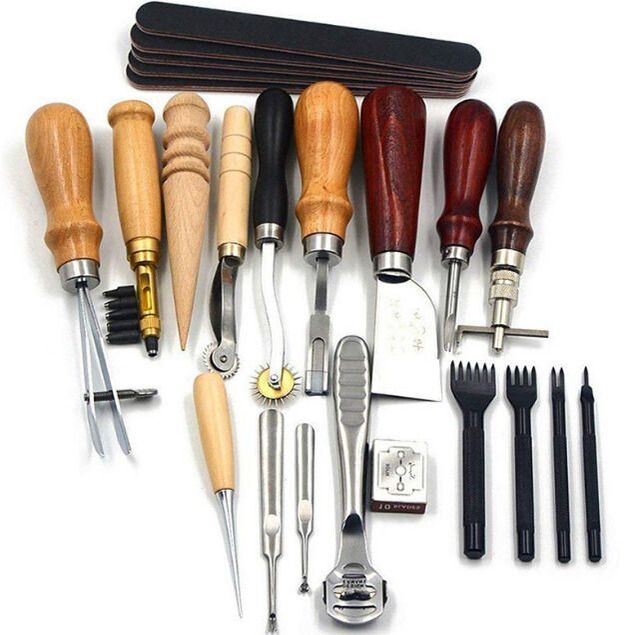
Maintaining and Caring for Leather Products
Proper care ensures that your leather projects last for years. Follow these maintenance tips:
- Keep Leather Dry: Avoid prolonged exposure to moisture, which can cause mold and deterioration.
- Use Leather Conditioner: Regular conditioning prevents leather from cracking and maintains its suppleness.
- Store Properly: Keep leather items in a cool, dry place away from direct sunlight.
- Clean Gently: Use a soft cloth and mild leather cleaner to remove dirt and stains.
- Avoid Overstretching: Excessive stretching can weaken leather fibers and alter the shape of your project.
Caring for your leather pieces properly ensures they remain in excellent condition for years to come.
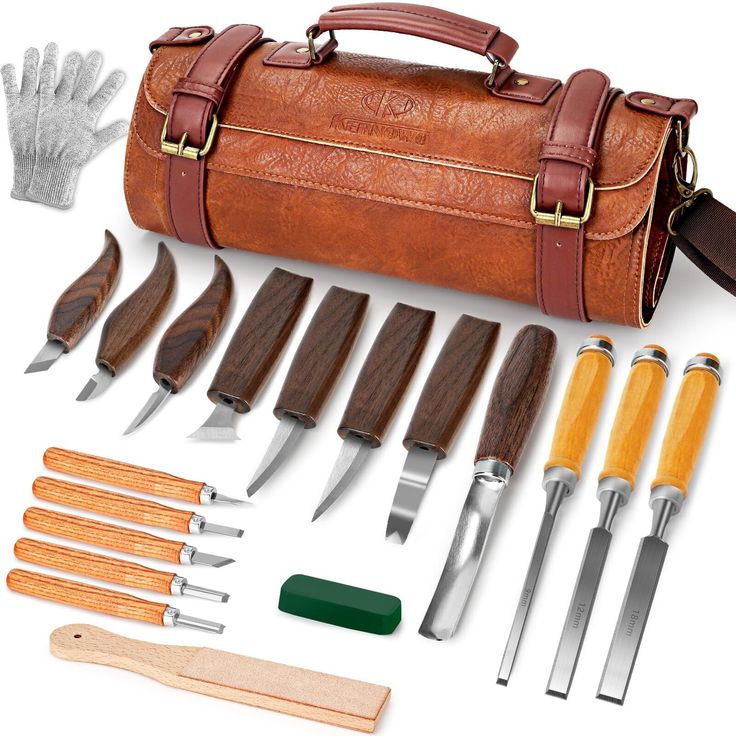
Conclusion:
Leather crafting is a rewarding and creative hobby that allows you to make personalized, high-quality goods. With the right leather crafting kit, essential tools, and a solid understanding of techniques, you can start crafting beautiful leather items with confidence.
By practicing regularly, experimenting with new designs, and learning from experts, you can refine your skills and create stunning leather goods that last a lifetime. Whether you’re crafting for personal enjoyment or planning to sell your handmade products, leather working is an art that offers endless possibilities.
Start your journey today, and experience the satisfaction of turning raw leather into functional and artistic masterpieces.

